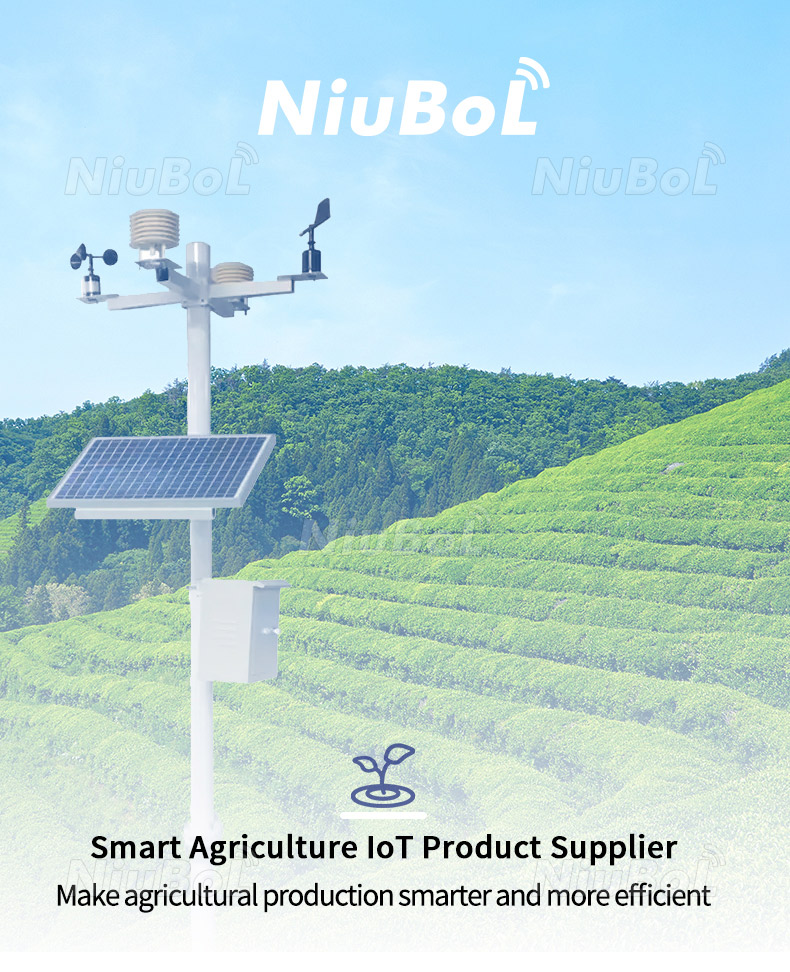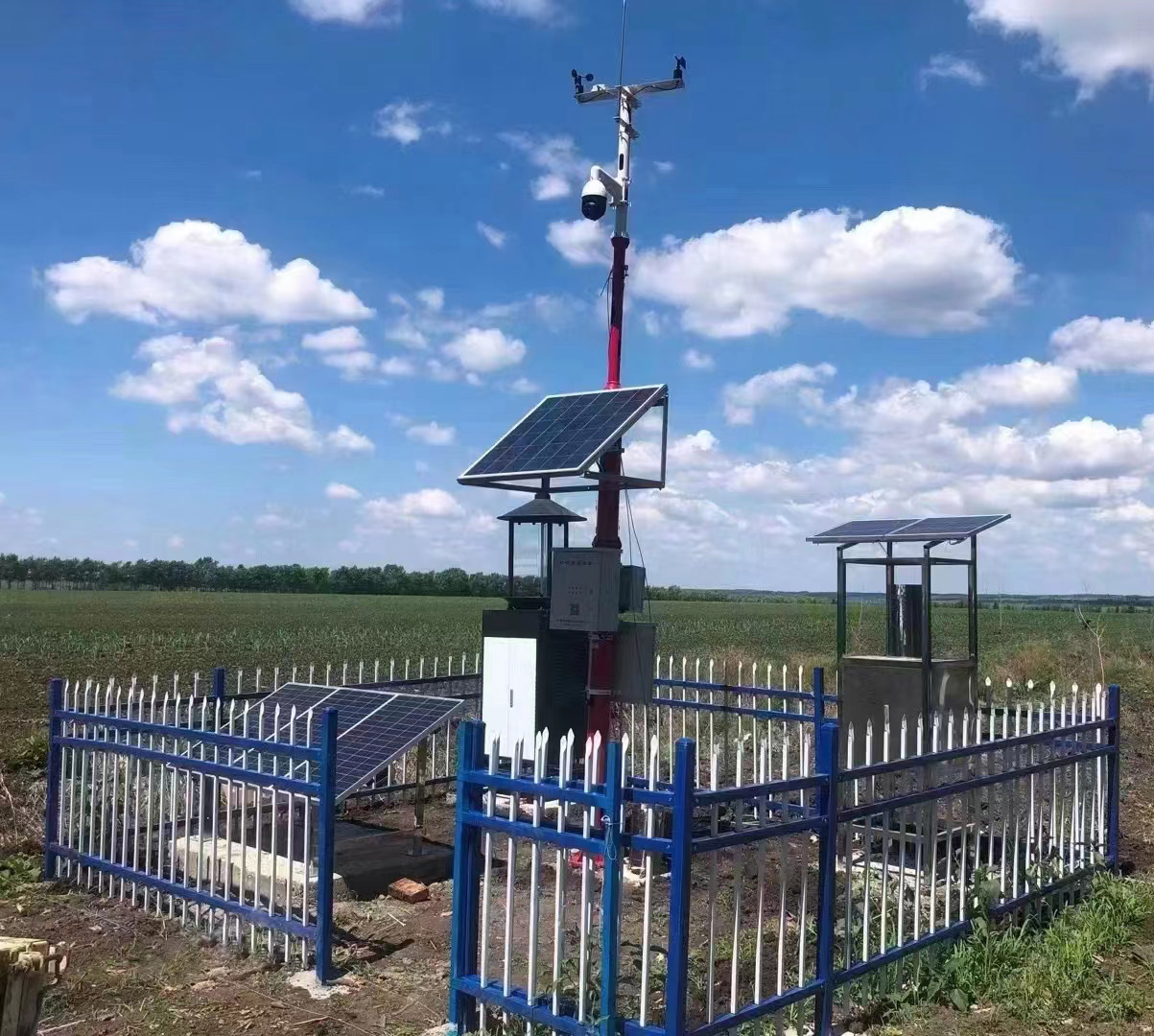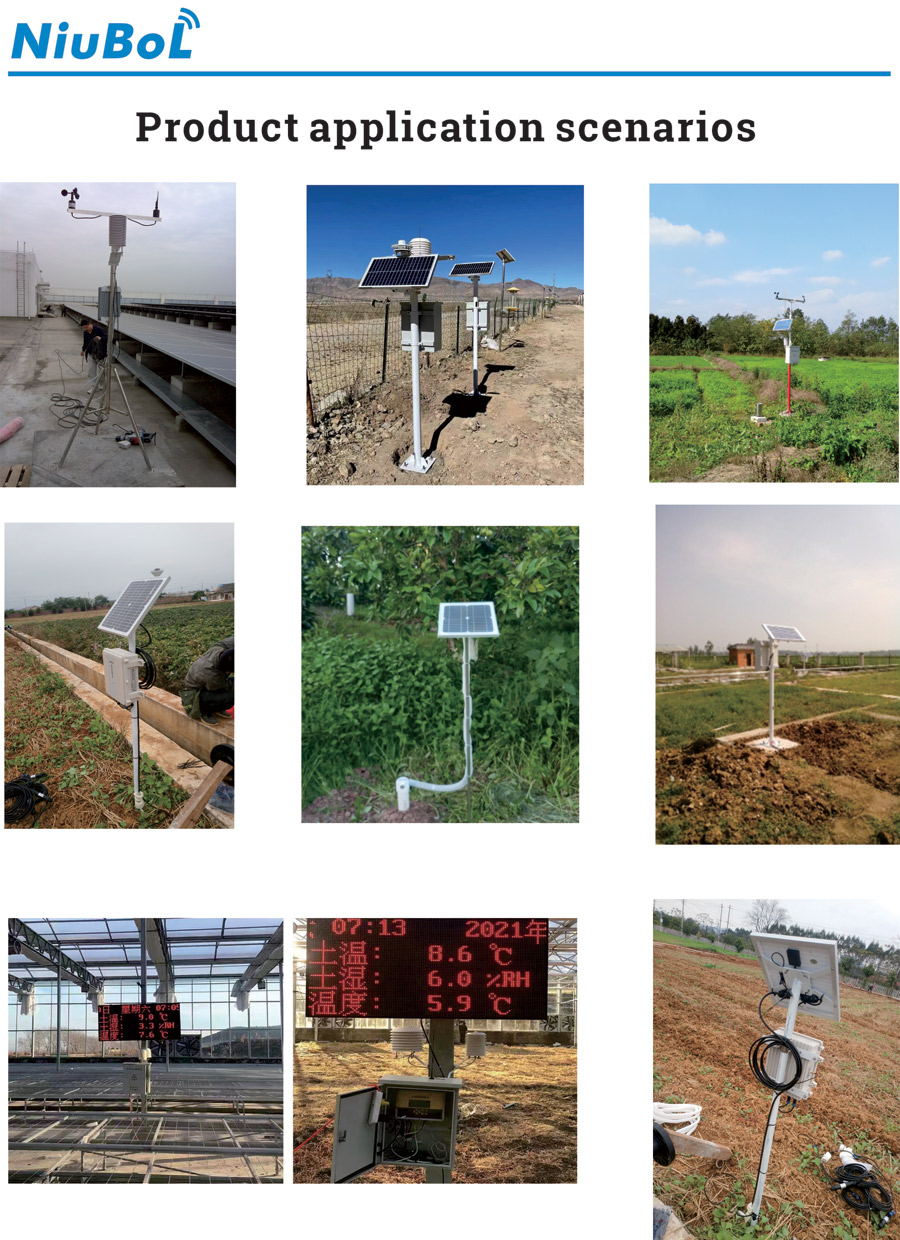

— Blogs —
—Products—
 Consumer hotline +8618073152920
Consumer hotline +8618073152920 WhatsApp:+8615367865107
Address:Room 102, District D, Houhu Industrial Park, Yuelu District, Changsha City, Hunan Province, China
Product knowledge
Time:2022-07-11 10:38:46 Popularity:556
As digital agriculture continues to thrive, particularly after 2022, the role of modern agricultural facilities is becoming increasingly important. Among these, agricultural automatic weather stations (AWS) are pivotal in enabling smart farming and precise agricultural management. These stations use cutting-edge technology, including the Internet of Things (IoT) and remote sensing, to monitor a range of agricultural parameters. They can collect and transmit data on weather conditions, soil health, and crop growth, offering significant benefits in optimizing farming practices and increasing crop yield while reducing costs.

Soil moisture is a key factor in determining the health and growth of crops. Agricultural automatic weather stations are equipped with sensors that monitor soil moisture levels in real-time.
- Soil Moisture Sensors: These sensors measure the water content in the soil, which is crucial for proper irrigation management. By tracking this data, the system ensures crops receive the right amount of water.
- Soil Temperature & pH Monitoring: In addition to moisture levels, the stations also monitor soil temperature and pH, which can influence crop growth. If any of these parameters deviate from the normal range, farmers can adjust irrigation schedules or soil treatments accordingly.
- Data Integration: The system collects soil moisture, nutrients, and water potential data to help farmers adjust environmental parameters for optimal crop growth, preventing over-irrigation or under-irrigation, both of which can be detrimental to crops.

Weather conditions play a vital role in crop development, and agricultural automatic weather stations are designed to continuously monitor a variety of meteorological parameters that directly impact farming.
- Temperature & Humidity: These stations measure air temperature and relative humidity, which influence plant growth and health. Fluctuations outside of optimal ranges can stress plants, so timely information allows farmers to take appropriate measures.
- Rainfall & Sunshine: Rainfall data is vital for assessing water requirements, while sunlight hours are essential for photosynthesis. Both parameters are crucial for predicting crop productivity and planning irrigation and fertilization schedules.
- Wind Speed & Direction: Monitoring wind conditions helps in preventing damage from high winds, which can break plant stems, scatter seeds, or cause soil erosion.
- Atmospheric Pressure: Changes in atmospheric pressure can indicate weather patterns like storms or droughts, giving farmers valuable insights into impending weather conditions.
With the ability to monitor all these parameters continuously, agricultural automatic weather stations provide farmers with real-time data that helps in planning agricultural operations effectively. The weather station can also integrate with an early warning system, sending alerts through SMS or software if any critical thresholds are crossed, thus reducing the risk of weather-related damage.
One of the most powerful features of agricultural automatic weather stations is their ability to manage the environment inside greenhouses. In greenhouses, it is essential to control various environmental factors to ensure optimal conditions for crop growth.
- Remote Monitoring: Sensors placed inside the greenhouse collect data on parameters such as air temperature, humidity, soil moisture, and light intensity. These sensors transmit data to a centralized IoT platform for analysis.
- Automated Adjustments: Based on real-time data, the IoT system can automatically trigger actions such as adjusting shading, opening or closing ventilation systems, or activating irrigation systems. For example, if the temperature inside the greenhouse rises above a certain threshold, the system can open vents to cool the environment.
- Optimized Growing Conditions: These adjustments ensure the greenhouse maintains the perfect conditions for crop growth, regardless of external weather conditions. This leads to improved crop yield, reduced waste, and minimized resource consumption (e.g., water, energy).

The agricultural automatic weather stations are not standalone systems; they are part of a larger ecosystem of digital agricultural technologies.
- IoT Connectivity: The stations are integrated with the Internet of Things, allowing them to connect with other smart agricultural devices such as automated irrigation systems, drones, and remote sensing technologies.
- Data Transmission & Management: The collected data is transmitted to a cloud-based platform for centralized monitoring and analysis. Farmers can access this data remotely, enabling them to make informed decisions about irrigation, fertilization, pest management, and more.
- Real-Time Data Analysis: By using advanced analytics and machine learning algorithms, the system can provide predictive insights, recommending specific actions to optimize crop growth or prevent potential issues.

Agricultural automatic weather stations can also help monitor the occurrence of pests and diseases.
- Environmental Risk Factors: By analyzing weather data, such as humidity and temperature, the system can predict conditions that are favorable for pest or disease outbreaks.
- Monitoring Pest Development: In some cases, the system can be equipped with sensors or cameras to detect pest populations or disease symptoms. This early detection enables farmers to take preventive or curative actions, reducing the need for widespread pesticide use.
- Alert System: When a pest or disease threshold is reached, the system can send out alerts, allowing farmers to act quickly before the problem escalates.

Agricultural automatic weather stations are transforming the way modern farming is practiced. By providing continuous, real-time monitoring of soil moisture, weather conditions, crop growth, and pest management, these stations help optimize resource use, increase crop yields, and reduce the environmental impact of farming.
With the integration of IoT and remote sensing technology, these stations not only provide data but also enable intelligent, automated management of agricultural operations, from greenhouse control to early warning systems for pests and diseases. As digital agriculture continues to evolve, agricultural automatic weather stations will remain at the forefront, driving smarter, more sustainable agricultural practices.
Through these innovations, farmers can better manage their crops, ensuring higher productivity and better quality produce, while contributing to the overall sustainability of the agricultural industry.
Prev:The role and value of agrometeorological stations
Next:Common types of weather stations are handheld, automatic, digital, ultrasonic
Related recommendations
Sensors & Weather Stations Catalog
Agriculture Sensors and Weather Stations Catalog-NiuBoL.pdf
Weather Stations Catalog-NiuBoL.pdf
Related products
 Combined air temperature and relative humidity sensor
Combined air temperature and relative humidity sensor Soil Moisture Temperature sensor for irrigation
Soil Moisture Temperature sensor for irrigation Soil pH sensor RS485 soil Testing instrument soil ph meter for agriculture
Soil pH sensor RS485 soil Testing instrument soil ph meter for agriculture Wind Speed sensor Output Modbus/RS485/Analog/0-5V/4-20mA
Wind Speed sensor Output Modbus/RS485/Analog/0-5V/4-20mA Tipping bucket rain gauge for weather monitoring auto rainfall sensor RS485/Outdoor/stainless steel
Tipping bucket rain gauge for weather monitoring auto rainfall sensor RS485/Outdoor/stainless steel Pyranometer Solar Radiation Sensor 4-20mA/RS485
Pyranometer Solar Radiation Sensor 4-20mA/RS485
Screenshot, WhatsApp to identify the QR code
WhatsApp number:+8615367865107
(Click on WhatsApp to copy and add friends)